Tips To Help Your Brake Pads Last Longer
Brake pads are an important part of your car when it comes to safety because they make it possible to create the friction and force to stop your car. Not all brake pads wear the same, and likewise, even the same brake pads can wear at different rates in different circumstances or environments.
To help you better understand typical brake pad wear, our auto repair experts explain reasons why brake pads can prematurely wear out and how to extend the life of them.
TYPICAL BRAKE PAD WEAR:
What causes brake pads to wear out is general, day-to-day use, plus mileage incurred, the surrounding environment and/or the personal driving habits of the owner(s).
For example, a city driver will use their brakes more than drivers that use the highway with little traffic, or drivers that live in rural areas.
Speed plays a factor as well. Those who do a lot of small, low-speeds stops are going to be easier on their brakes than those who have to do heavy braking at higher speeds. Braking at low speeds doesn't affect your brake pads as much as heavy braking at higher speeds. For this reason, congested highways are the main culprits that cause brake pad wear. Your front brake pads will also wear down faster than your rear pads. The front of your vehicle handles a lot more weight transfer as you brake, causing more wear.
Over time heat and friction also contribute to brake pad wear.
Which axle your brakes are on will also influence how much wear and tear your pads sustain. Your car naturally does the majority of its braking with the front brakes, so those pads will wear faster than the rears.
It's important to remember that brake wear is not an exact science. Some brake pads will last up to 70,000 miles, while other drivers might need to replace them as early as 25,000 miles. The type of vehicle you drive, how you use your vehicle and your driving style are all factors to consider.
HOW TO MAKE BRAKE PADS LAST LONGER:
So what can you do to get the most out of your brake pads? Believe it or not, the answer is more than likely far simpler than you think. In fact, the easiest thing you can do is simply change the way you drive in order to reduce the wear and tear on your pads. A few small changes in your driving style will not only make you a safer driver, but make your brake pads last longer as well!
Additional reading:Importance and Maintenance of Brake Lining in Vehicle Safety
Guide to Choosing and Using a Vehicle-Mounted ATV Winch
Brake pads vs. brake shoes
How to avoid issues with brake discs?
What parts of the car need most maintenance?
Factors to Consider When Choosing Car Mats
When to Change the Brake Pad: A Comprehensive Guide
Here are a few things you can do to help keep your car's brake pads working properly for longer:
Drive with the flow of traffic to avoid any unnecessary heavy braking.
Give yourself plenty of following distance from the car in front of you so you can coast to a nice, easy stop.
Remove any unnecessary weight from your vehicle.
Keep your speed low in heavy traffic and avoid any sudden braking.
You can also take care of your brakes by spraying off your rotors when you wash your car. As you brake, dust accumulates on your rotors, which adds extra friction to your pads when they engage, shortening their lifespan. Cleaning your rotors off when you wash your car keeps them smooth and allows your brakes to engage cleanly without the extra wear and tear.
BRAKE INSPECTIONS & SERVICES:
Maintaining your brakes is extremely important, and changing your brake pads and rotors when they wear out is critical to your safety. If you notice one or more of the following symptoms of brake wear
We recommend scheduling a brake inspection or service if you notice one or more of the following symptoms:
Squeaking, squealing or grinding
Pumping the brakes is required to stop
Soft or spongy brakes
Stiff or hard brakes
Leaking fluid
The brake light comes on
When the pads get below about 25 percent of their total thickness when brand new.
We are a brake pad manufacturer. If you are interested in our products, please contact us now!
What are the advantages of Electric Patrol Car?
Stemco Seal Cross Reference: Finding the Right Seal for Your Needs
Common Signs of Worn Brake Pads in Commercial Vehicles
The Impact of Brake Pad Quality on Vehicle Performance
Exploring the Latest Auto Spare Parts Trends
The Ultimate Guide to Finding Quality Auto Spare Parts
Power Steering Oil Seal vs. Power Steering Pump: What's the Difference?
143
0
0
Related Articles
-
201
0
0
-
234
0
0




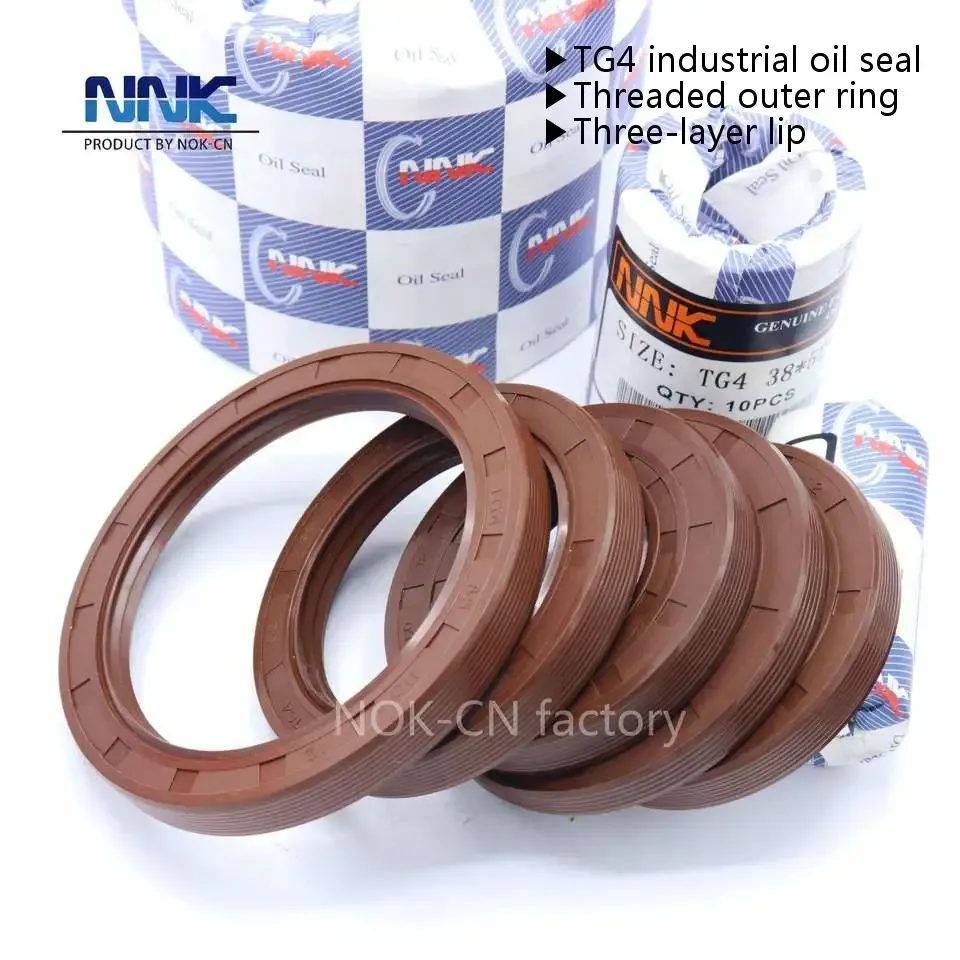
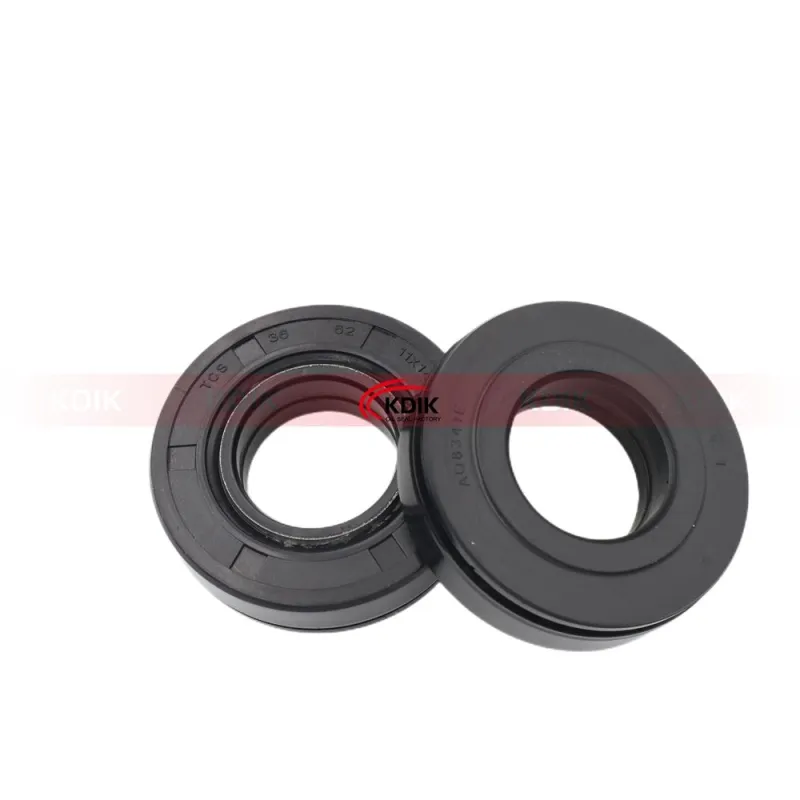

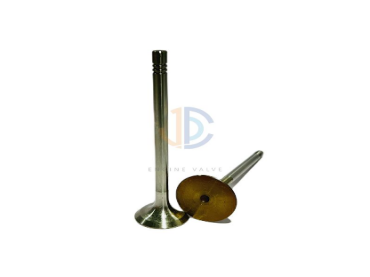
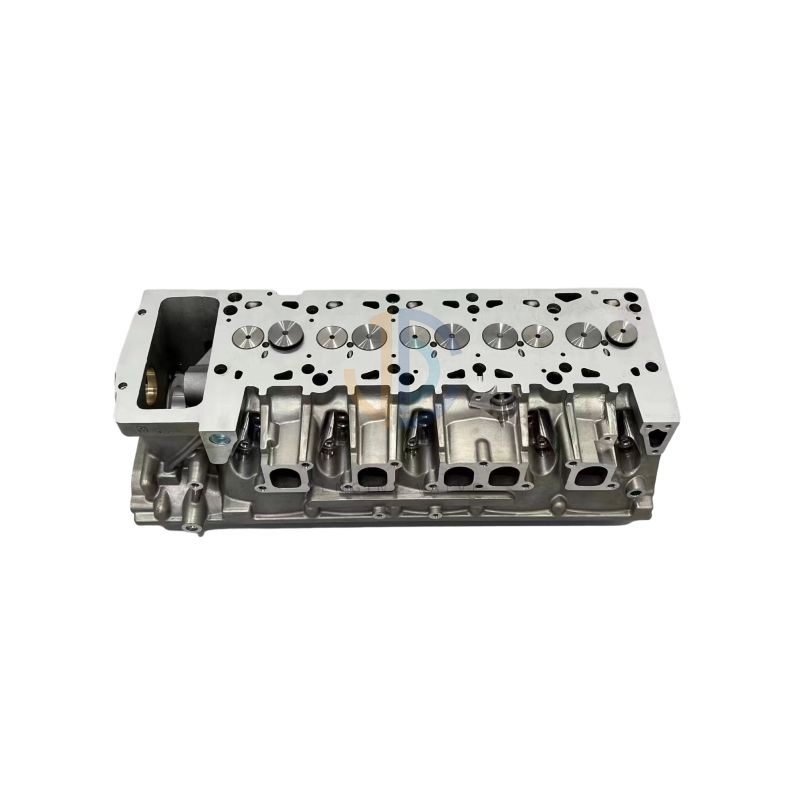
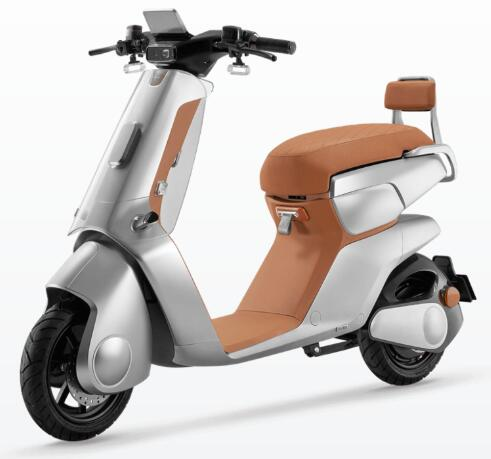
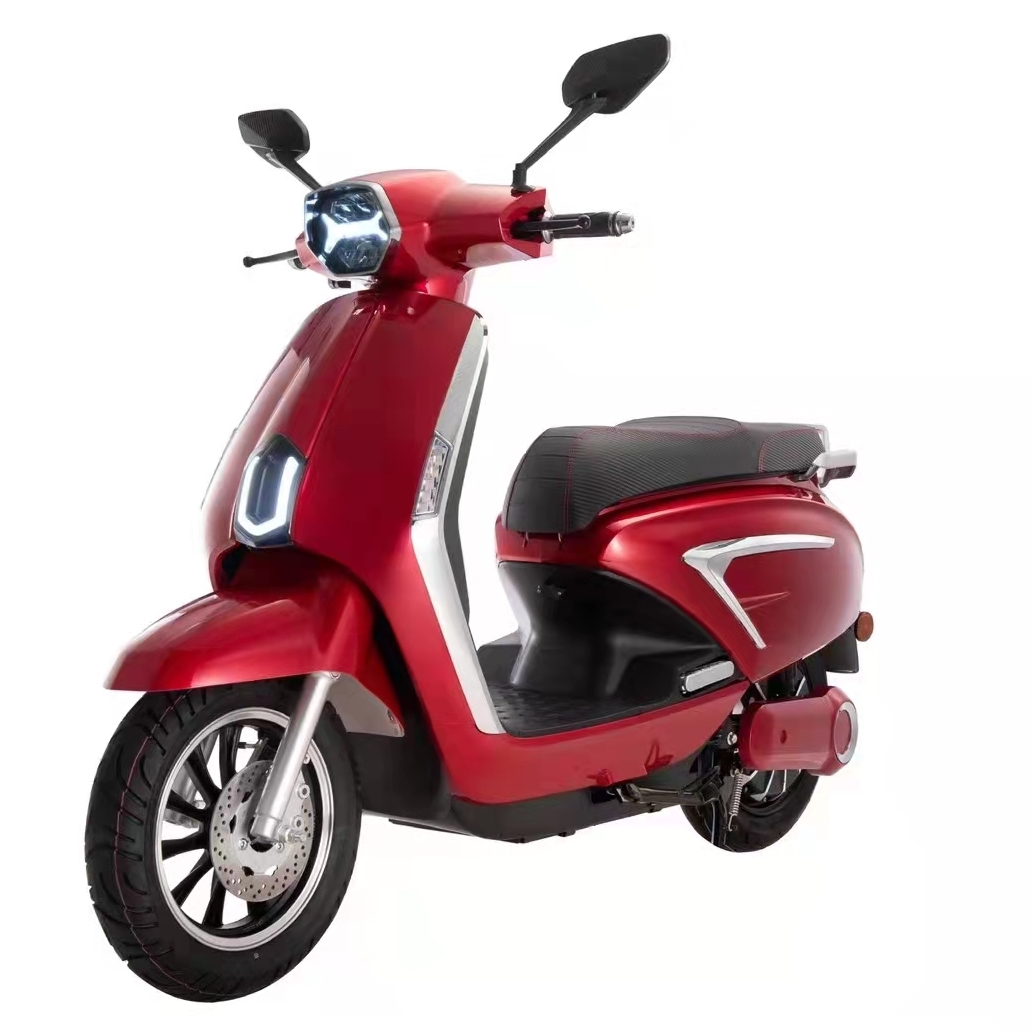
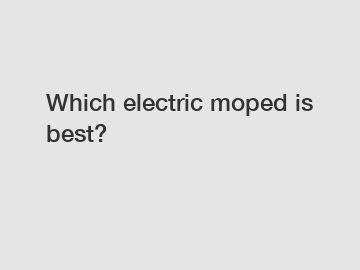
Comments
All Comments (0)